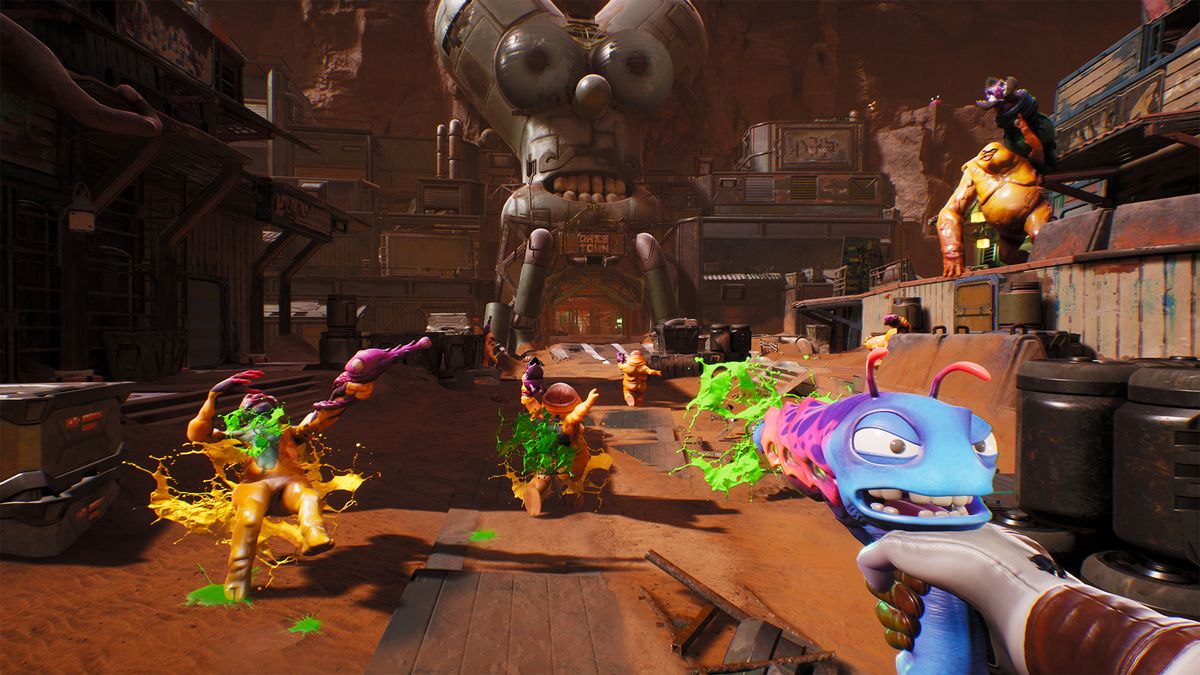Goodfellas (1990)

How Long? 3 minutes 3 seconds
How Cool? When it comes to long take discussions, it’s practically illegal to neglect Scorsese’s modern gangster classic. Henry Hill (Ray Liotta) takes his date Karen (Lorraine Bracco) for an impromptu dinner at the Copacabana, taking advantage of the perks of his new career.
The unbroken shot (apparently the result of seven takes) perfectly captures the overwhelming experience, from the bustle of the kitchen, to the impossibly smug glamour of arriving at your own personal table after ducking the queue.
Boogie Nights (1997)

How Long? 2 minutes 48 seconds
How Cool? Paul Thomas Anderson’s superb porn-industry ensemble opens with an extremely impressive glide through the eponymous nightclub: like Goodfellas it contrasts the front-of-house glamour with the backstage reality.
An expert with the long take, perhaps Anderson’s most impressive trick is saved for pool party scene later on, when the camera somehow follows someone under the water in the swimming pool. It could have been mind-bogglingly distracting if the scene wasn’t so engrossing.
Russian Ark (2002)

How Long? 96 minutes
How Cool? You might not expect the story of Russia’s history to be cool, but it’s the audacity of the telling that’s pretty much unforgettable here.
Two ghosts wander through St Petersburg’s Winter Palace as various historical events unfold, not always in chronological order, in different rooms. After a couple of takes failed due to technical issues, the entire movie was captured in a single shot.
The choreography is astounding, and makes the movie as must see, even if you don’t have any particular interest in the historical period.
Children of Men (2006)

How Long? 7 minutes 34 seconds
How Cool? Alfonso Cuaron included several notable long takes in this bleak vision of a childless future. Early on there’s a joltingly-visceral attack on a car, and an impressive childbirth scene, but it’s the climactic street-based battle that really marvels.
Who cares that Cuaron employed some digital trickery to maintain the effect: action sequences have rarely been so involving. The film’s gritty realism, and Clive Owen’s believable everyman hero, only add to the scene’s impact.
Rope (1948)

How Long? Up to 10 minutes
How Cool? Hitchcock’s innovative use of long takes (which were edited to create the impression of a single-shot movie) exemplifies his two key strengths: craftmanship and playfulness.
Dark themes prevail, as a pair of students try to cover up a murder that their former professor is intent on revealing. Cynics will spot the occassional creaks, but the real-time approach and tight premise put plenty of lazy recent thrillers to shame.
Atonement (2007)

How Long? 5 minutes 4 seconds
How Cool? Joe Wright’s movies have always looked great, but the scale of the famous tracking shot in Atonement is breathtaking. Certain background details were added digitally, but, importantly, it’s impossible to spot the joins.
Limited shooting time apparently necessitated the scene, which sees James McAvoy and his fellow soldiers wandering the beaches of Dunkirk, as the gathered army waits to be evacuated.
For a film that mostly depicts the war from a specific, personal perspective, this long take majestically demonstrates the wider ramifications of our protagonists’ plight.
Timecode (2000)

How Long? 90 minutes, multiplied by 4
How Cool? Experiments of this magnitude should instantly fall flat, but somehow Mike Figgis’ managed to deliver a single-take movie, from four perspectives. The split-screen set-up jars initially, but quickly becomes fascinating, allowing you to dip in and out of the quartet of views.
Thankfully there’s an interesting story at the core, as relationships are tested during an afternoon at a production company, and Figgis orchestrates the sound editing to ensure that the whole thing has a decent narrative thrust.
The Passenger (1975)

How Long? 6 minutes 33 seconds
How Cool? There’s no shortage of striking camerawork in Michelangelo Antonioni’s existential thriller (an earlier car chase is absorbingly shot), but the pièce de résistance comes in the penultimate scene, as the consequences of journalist David Locke’s (Jack Nicholson) impulsive identity theft suddenly catches up with him.
As David’s death occurs off-screen, the camera slowly pans out of his hotel room, before making an about-turn in the square, and returning to the residence. Not only is it masterful from a technical perspective, it provides the perfect close to a densely thoughtful movie.
Snake Eyes (1998)

How Long? 20 minutes
How Cool? Well, if it wasn’t for the dazzling opening Snake Eyes would never make it onto any ‘coolest’ lists. Even if the ace opening (really a neat splice of several takes, joined virtually seemlessly) is at odds with the rest of the movie, there’s no denying Brian De Palma’s flair.
As bent copper Nic Cage and his Navy buddy Gary Sinise escort a soon-to-be-assassinated US secretary to a boxing match, the shot helps create main-event anticipation while providing an intriguing glimpse behind the scenes. It helps that Cage is at the centre, sporting a Hawaiian shirt and lunatic energy combo that makes it impossible to take your eyes off him.
Shame the rest of the movie can’t come close to living up to this opening salvo.
Stalker (1979)

How Long? 3 minutes 20 seconds
How Cool? Andrei Tarkovsky was well-known for his absorbing camerawork (the sequence in Solaris in which a car drives into a metropolis is hypnotic), and while his weighty philosophical themes will scare off the popcorn crowd, they’re frequently paired with a fascinating premises.
The oft-analysed Stalker follows the titular ‘Stalker’ who takes clients to The Room, deep within The Zone, that’s said to make entrants deepest desires manifest. The problem is, The Zone affects the travellers psychologically, in an attempt to slow their passing.
This dream sequence isn’t the only long take in the film, but with its blurring of colour and sepia tones, and its compulsive imagery and haunting voiceover, it’s the most beguiling.
- 1
- 2
Current page:
Page 1
 Game News Video Games Reviews & News
Game News Video Games Reviews & News



